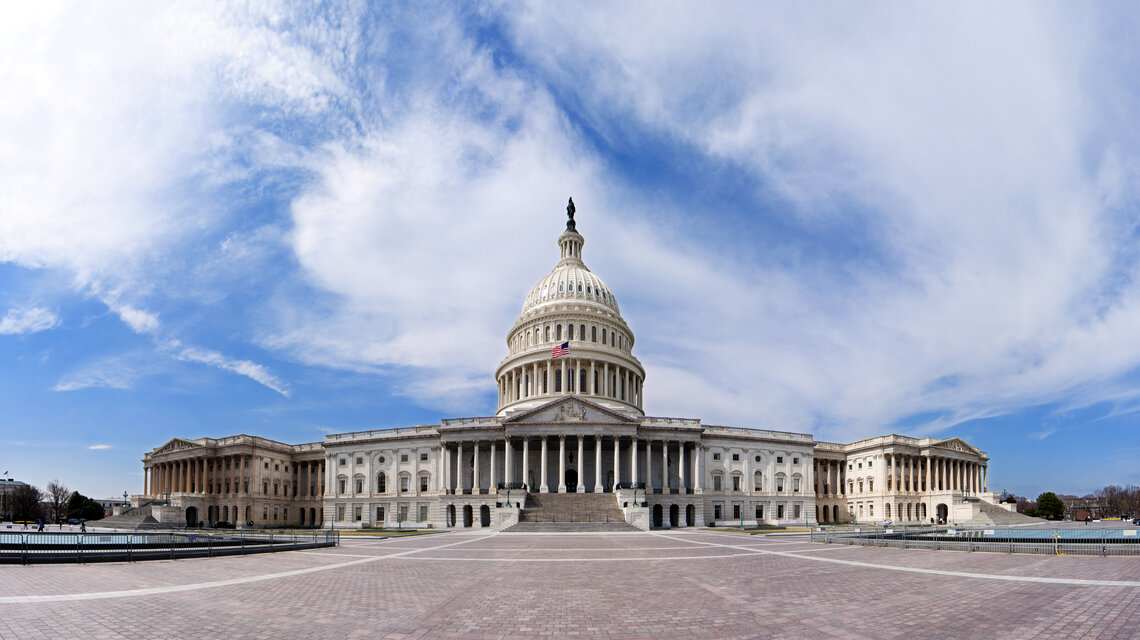News
Découvrez nos dernières publications
-
-
Lire l'analyse
Analyse économique - Octobre 2025
Découvrez la dernière analyse économique d'Aykut Efe (Economist & Strategist)
-
Lire l'analyse
Positionnement stratégique - Octobre 2025
Découvrez notre positionnement stratégique qui constitue la base de nos conseils et gestions.
Updates & News Flash
Discover our latest publications

Volatility: a thing of the past?
A month of renewed volatility has just come to an end on the financial markets. Although at first glance the performance of global equities over the month seems

Posting gains in the past, present and future
September marked the fifth consecutive month of gains in the equities market, bringing the performance of the global index up to 3,23%*. US markets were once a

Market Outlook | ODDO BHF
Current market outlook by ODDO BHF’s CIO: insights on key trends. ODDO BHF, Spuerkeess’ partner for the Activmandate discretionary mandate.

Markets remain buoyant
After several months of strong performance, the equity markets ended August flat, with the global equity index posting a very timid 0.20% gain (in euros)

Markets at peak levels
July marked another month of strong performances, with a rise of 3,95% for the global equity index. US equities made a solid comeback

A rebound is on the cards but won’t last forever
After a complicated month of April, dragged down by US President Donald Trump’s announcements of “reciprocal tariffs”, the global equity markets rebounded.

High volatility as a fellow traveller
April was a particularly turbulent month on the markets. On 2 April, Donald Trump unveiled his “reciprocal tariffs”.

Markets waiting for sunnier days
A very complicated month of March has ended on the financial markets, which suffered from fears of a trade war threatened by US President Donald Trump.

News Flash - April 2025 - Trump raises tariffs, increasing uncertainty
On Wednesday, 2 April, U.S. President Donald Trump announced "reciprocal" tariffs on America's trading partners.

News Flash - March 2025 - Global markets struck by recession fears
After an exceptional year 2024, the US markets have been experiencing turbulence since the beginning of 2025. The leading index, the S&P 500, is down nearly 10%

Relying on fundamentals despite everything short
After a slight decline in December, the first month of the year marked the return of risk appetite: global equities posted a performance of nearly 3% in euros.

December’s red to hopeful green
December was the second month to end in the red after April 2024 on the equity markets. This ended a seven-month streak in the green.

The economy and markets are smiling in the Trump 2.0 era
The financial markets clearly welcomed the announcement of Donald Trump’s incoming presidency. Performances speak for themselves: global equities reached +6,66%

Good things come to those who wait
A timid October has ended on the financial markets with a small positive performance of global equities due to the currency impact in Europe. Learn more here!

A busy fall ushers in a fresh start
September ended in positive territory on the stock markets, after a period of quite extraordinary volatility throughout August.

A hot August for the financial markets
August was a volatile month on the financial markets. Performance remains in positive territory, however, with global equities gaining 0.44% and European equities gaining 1.60%, while their US counterparts returned just 0.20%.

A short summer break
July was an interesting month for the financial markets, but what do our experts predict for the coming months? Find out in our investment update!

News Flash - August 2024 - The return of market volatility
Volatility has made a strong comeback in the financial markets after months of relatively stable gains. On Friday, the S&P 500 lost nearly 2%, mainly due to a tough day for tech stocks.

US Elections and their worldwide impact
Les probabilités que Donald Trump retourne à la Maison-Blanche 4 ans après son premier mandat ont sérieusement grimpé. A quel impact faut-il s'attendre ?

Tireless, these markets!
June saw the global markets continue to rise (more than 3% in EUR), seemingly untroubled by the gloomy atmosphere that followed the results of the European elections and the French government crisis.

Sunshine returns, volatility dissipates.
We all wondered where the sun went in May. It certainly shone on the equity markets, marking their recovery after a volatile month of April. Global equities rose by nearly 2,5% in euro, returning to or even exceeding the highs reached by the stock market indices at the end of March.

When appetite is strong, everything is strong.
As March drew to a close in the first quarter of the year, investors continued to benefit from a very favourable environment.

A rigorous approach in the US.
January was a positive month for equity markets, whose upward trajectory continued in line with the last quarter of 2023. Global equities returned nearly 3% in euros, driven by the US markets (+3.5% in euros), which are still surfing the artificial intelligence wave. In Europe, the performance was positive, but remained more modest than that of the US, at 1.6%. Meanwhile, emerging markets are still struggling as they continue to bear the brunt of a Chinese economy in the midst of a real estate crisis.

Celebrating the records reached
The financial markets remained buoyant in February, with the strong performance of equities in particular continuing to set the tone. The global equity index rose by 4,7% in euros, posting a performance of more than 7% in 2024, thus enabling it to continue its momentum.

Investment Update - January 2024 - A Happy Ending to 2023
The financial markets ended 2023 on a very positive note: very favourable economic data pointed to a resilient economy, inflation stabilised and the US central bank (Fed) opened the door to rate cuts in 2024. In short, the markets are almost fully buying into the renowned soft landing scenario.


